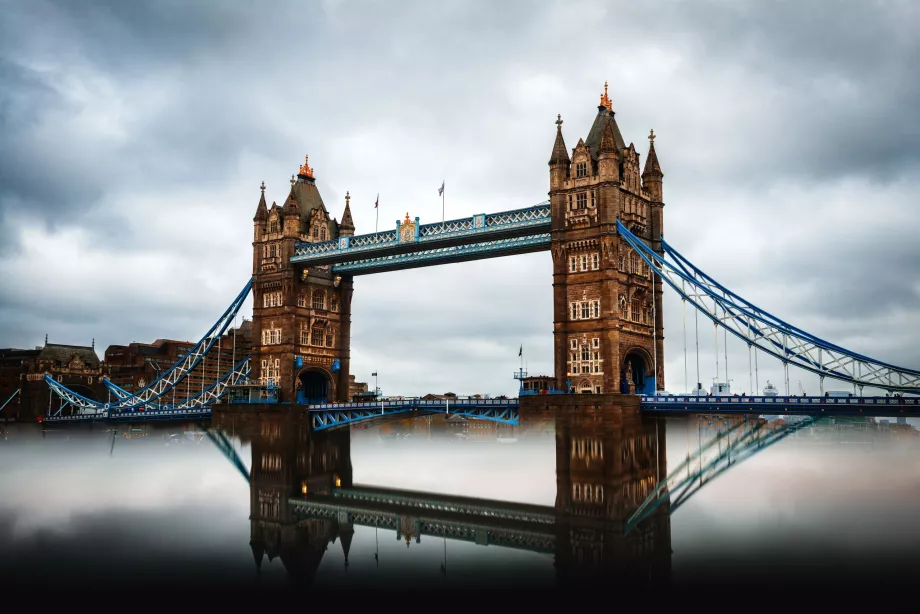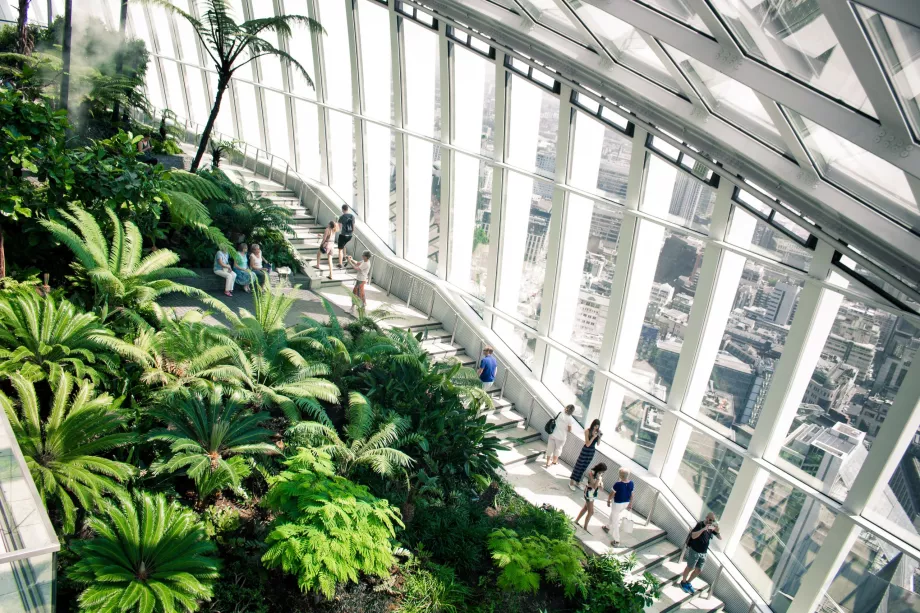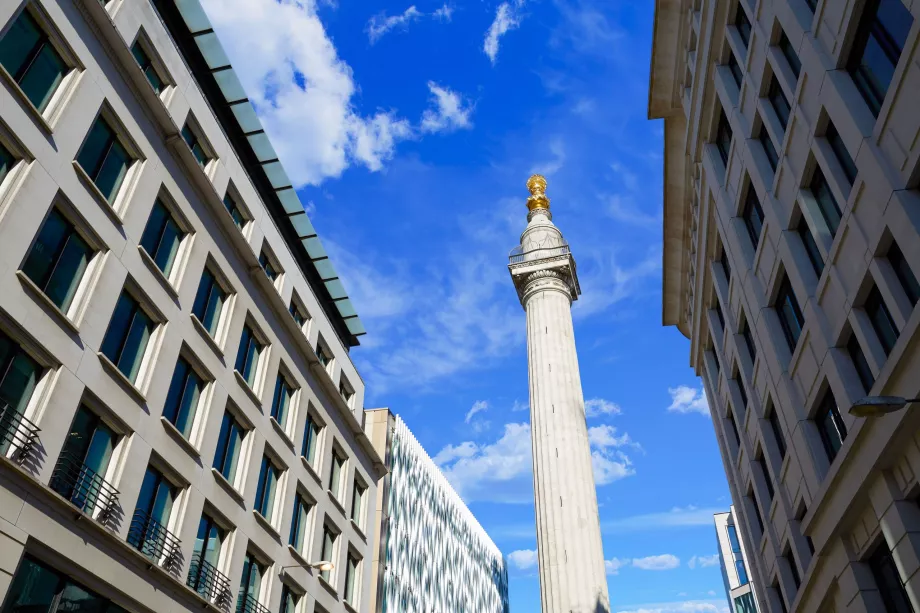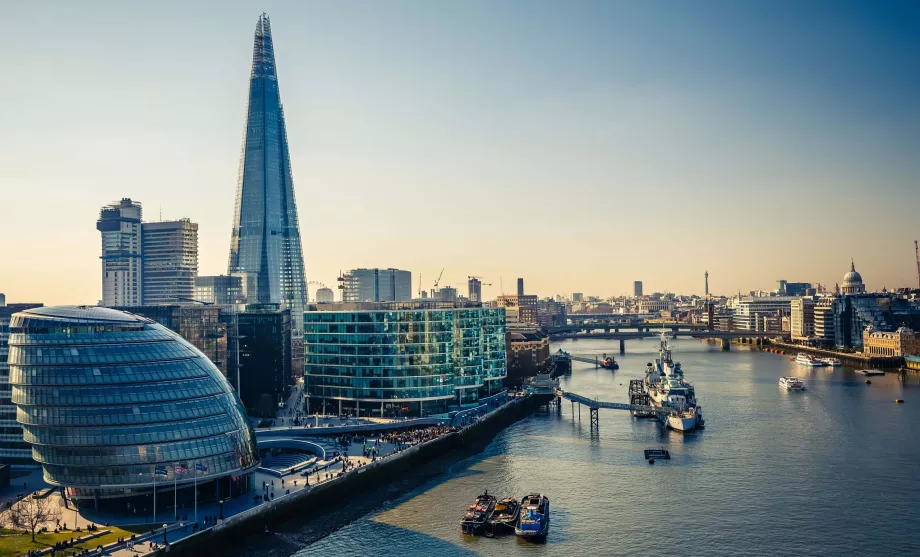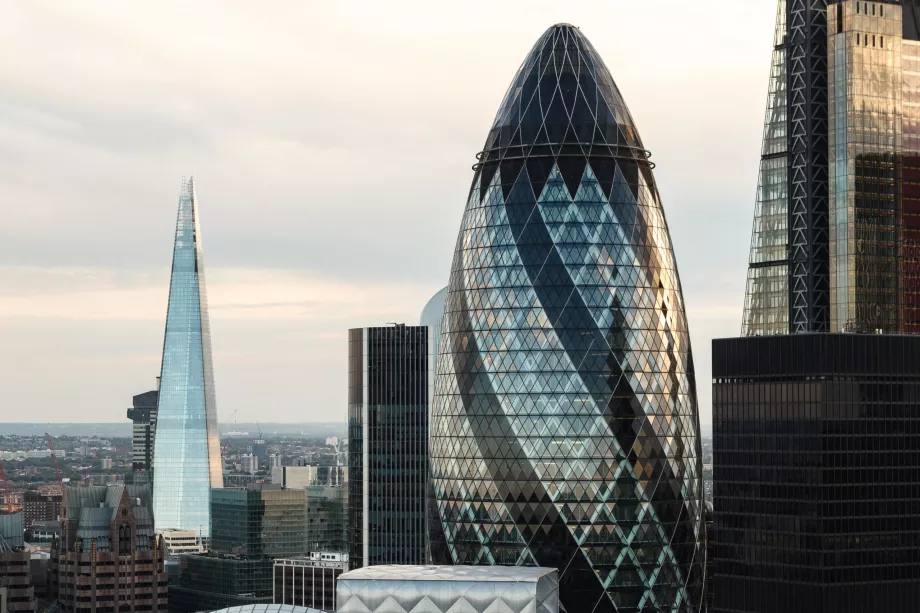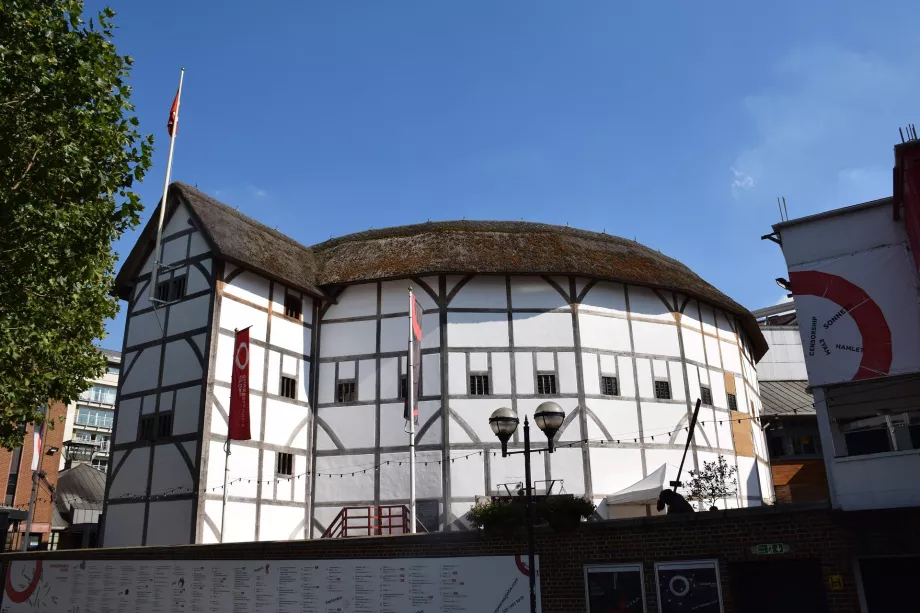Tower of London
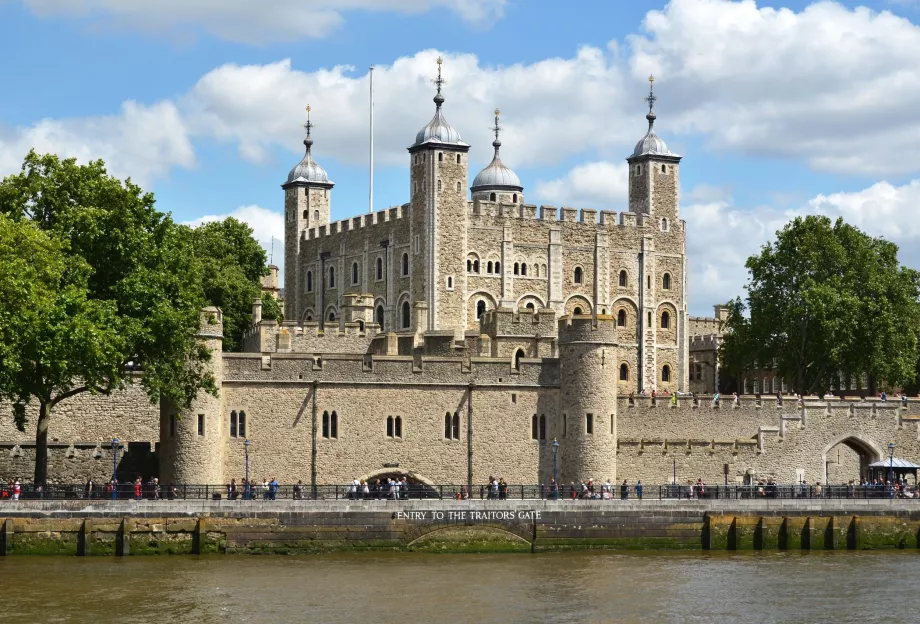
The Tower of London is a medieval castle that houses the Crown Jewels and is a UNESCO World Heritage Site.
The foundation of the castle complex is the White Tower, built in the 11th century by William the Conqueror, around which walls and other towers began to rise as time passed.
Tower Castle is one of London's most famous landmarks and is located right next to the famous Tower Bridge.
The Tower's bloody history
The Tower has served as a defensive fortress since its early days. The foundations were laid on the Roman wooden fortifications in 1078 by William the Conqueror, who built the 4-towered stone fortress of the White Tower. It is still the main part and attraction of the Tower complex.
Over the centuries, the fortress was gradually expanded with other buildings, massive fortifications and also a wide moat, which effectively turned the Tower into a small island, as it is directly adjacent to the banks of the River Thames on one side.
In addition to the fortress, the Tower included prison facilities and also the infamous execution ground.
While ordinary prisoners were executed on the public Tower Hill, the monarchs and higher nobility were executed behind the Tower walls to spare them the ignominy.
Legends of ravens and Anne Boleyn
If you're a lover of tales and legends, be sure to read some of the gory tales associated with this castle. The most famous is probably the legend about the circumstances surrounding the execution of Queen Anne Boleyn, whose ghost haunts the castle. She's certainly not the only one, as one of the castle's towers is aptly named Bloody Tower.
The legend of the Tower ravens is still alive today. According to this myth, ravens have inhabited the Tower for centuries, and when they approached King Charles II in the 17th century. Stuart received a prophecy that England would fall if the ravens left the castle, he had the wings of all 7 birds present at the time clipped.
To this day, ravens are kept in the Tower at government expense, always in numbers of 8, with one acting as a substitute should one of the seven happen to fly away.
The ravens are fed daily on pellets and raw meat.
British Crown Jewels
One of the biggest attractions is undoubtedly the hall where the Crown Jewels of England, namely the Crown of St. Edward, the Sceptre and Cross, the Sceptre and Dove, the Crown Apple and the Crown Ring are still on display. The jewels include other crowns, swords, spurs or mantles, which are displayed separately in other display cases.
The jewels have been kept in the Tower continuously since 1303, the exception of course being when they are used to crown a monarch in Westminster Abbey.
The British Crown Jewels are on display to the public every day.
The guardians of the "Beefeaters"
The Tower Castle has been guarded since time immemorial by a traditional guard called the Yeomen Warders, who are responsible for the complete running of the castle.
In the past they have taken care of the castle's defences, supplies and day-to-day running and even today the Yeomen Warders in their traditional black and red uniforms are an integral part of the Tower.
The Yeomen Wardens are mainly known by the nickname "Beefeaters", which was probably coined by Cosimo III. Medici, Grand Duke of Tuscany. He was a frequent visitor to the Tower and referred to the Yeomen Warders rather derisively as Beef-eaters, i.e. consumers of beef, which was the main rationed food they received.
The resemblance to the London gin of the same name is not accidental. It was named after these defenders of the British monarchy. To get an idea of the Yeomen Warders' uniforms, just look at the label of Beefeater gin in the supermarket.
Admission and opening times
Opening hours vary according to the seasons and you can find a detailed breakdown on the official website. It is open every day.
Admission fee of 34,80 gbp for adults or 17,40 gbp for children entitles you to visit the entire Tower grounds, including the Crown Jewels.
Official website: hrp.org.uk/tower-of-london
How to get to the Tower?
The Tower is on the eastern edge of central London near Fenchurch Steet station.
Nearest tube station:
- Tower Hill - 50 metres.
- Tower Gateway - 100 metres: DLR line
Bus stops are also nearby:
- The Tower of Lonfon - 50 metres: line 15
Hotels near the Tower
If you've chosen the area around the Tower for accommodation, you'll find some nice 3* to 5* hotels with prices that are slightly above the London average - from 202 eur per night. We would particularly recommend these hotels
What to see around
Discover all the places to see in London.
Any questions left?
If you have any questions or comments about the article...

